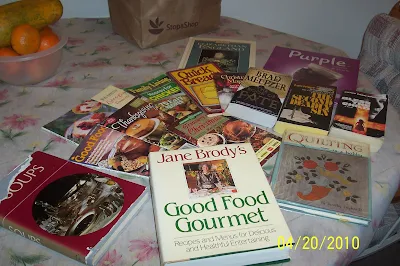Seppan kilangu (Tamil) means colocasia or taro root(English), Arbi (Hindi).
Sembu or seppan kizhangu is a tiny root vegetable available throughout the year. There is another one root vegetable with similar taste, that is the elephant yam (chenai kilangu), which can also be made into attractive fries. This seppan kilangu (arbi) can be stored at room temperature for a week and can be refrigerated for a month. The matured round / oval roots are tastier . Arbi fry is the most sought fried item in my house. Thanks to hubby this fry hardly reaches the dining table . Normally I start preparing our weekend lunch by 10.30 Am. If I make this fry for lunch, then hubby may start demanding it with his 11 Am tea:) So I plan to make some extra servings or totally some other dish along with this:) I personally think this as a catchy side dish for vegetarians. This is my mom's signature dish too. Mom used to make this arbi with paruppu kulambu and rice.
 |
| Bisibelebath served with arbi fry.( Indian Arbi fried). |
Ingredients:
Arbi - 6 roots (1/2 kg)rice flour - 1 tsp
besan flour - 1 tbsp
salt - to taste
turmeric powder - 1/4 tsp
black pepper powder - 1.5 tbsp
cumin powder - 1/2 tsp
Method:
Cook the arbi root with skin till it is almost cooked (not mushy). Poke a skewer or knife to check if its cooked. This makes the peeling easy.Cool and remove the skin. Cut it into 1/2 inch thick circles. (If using the South American arbi , the bigger variety, then cut it into big chunks and cook it. Again peel and cube it).
Mix salt, flours, turmeric, pepper powder with a drop of water. Add it to the pieces and mix well.
 |
| A bigger variety of taro root . |
Heat enough oil to deep fry. Fry the pieces in small batches till they turn almost golden brown (crunchy outside and softer inside).
Take out, drain oil. Dust some pepper powder over the fried arbi and shake well , so that all the pieces gets some more pepper.
Another method:
Instead of pepper + cumin powder , we can mix red chilly powder and garam masal powder along with flours and deep fry them. Tandoori mix also holds good. Serving suggestion:
Serve as side dish with curd rice, vegetable biryani, pulav, bisibelebath or simply as a tea time snack.Tips:
I have heard some people making this fry (baking) in oven. But I have not tried it yet. May be a good option too. Black pepper is added to root vegetables to make them allergy-free. But this arbi root is not caustic and safer for most of the people.
The South American arbi contains less mucilage and easy to handle, but I prefer the taste of Indian arbi better.
We can boil these vegetables and keep refrigerated without peeling for a day or two. I generally do the boiling part the previous night.










































